 DEVAN ENCE
.
December 18, 2024
.
Tech
DEVAN ENCE
.
December 18, 2024
.
Tech
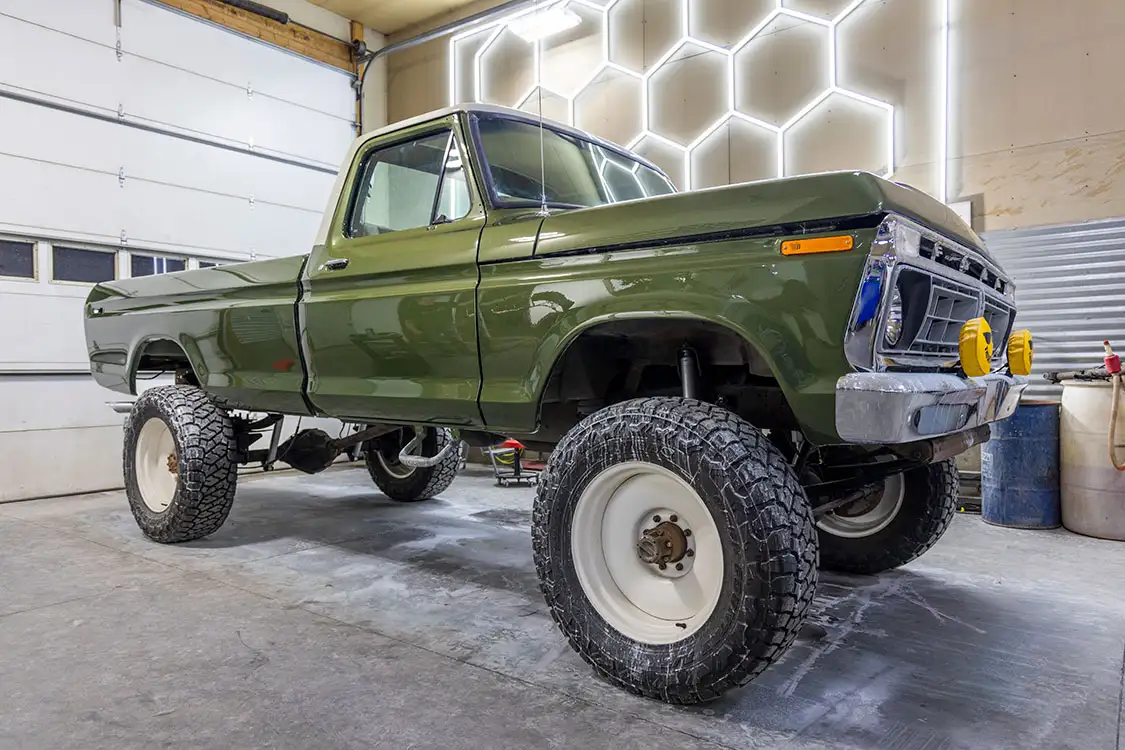
Whether it’s sitting at a show or in a parking lot, a truck with nice paint will grab people’s attention, and they will take a closer look. They will either see all the little imperfections as they get closer or be taken aback at how nice the overall truck looks. Spending some time cutting and buffing fresh paint or an original paintjob can make that big of a difference.
I got together with Preston Hawkins with Pristine Detailing in Rigby, Idaho, to help take Project Green Giant to the next level. Preston has spent years mastering the art of polishing, and I was super excited to soak up the knowledge he was willing to share. In total, we spent 20 hours sanding and polishing the paint to give it the shine we were looking for. Now it’s time to share the process so you can tackle this on your project.
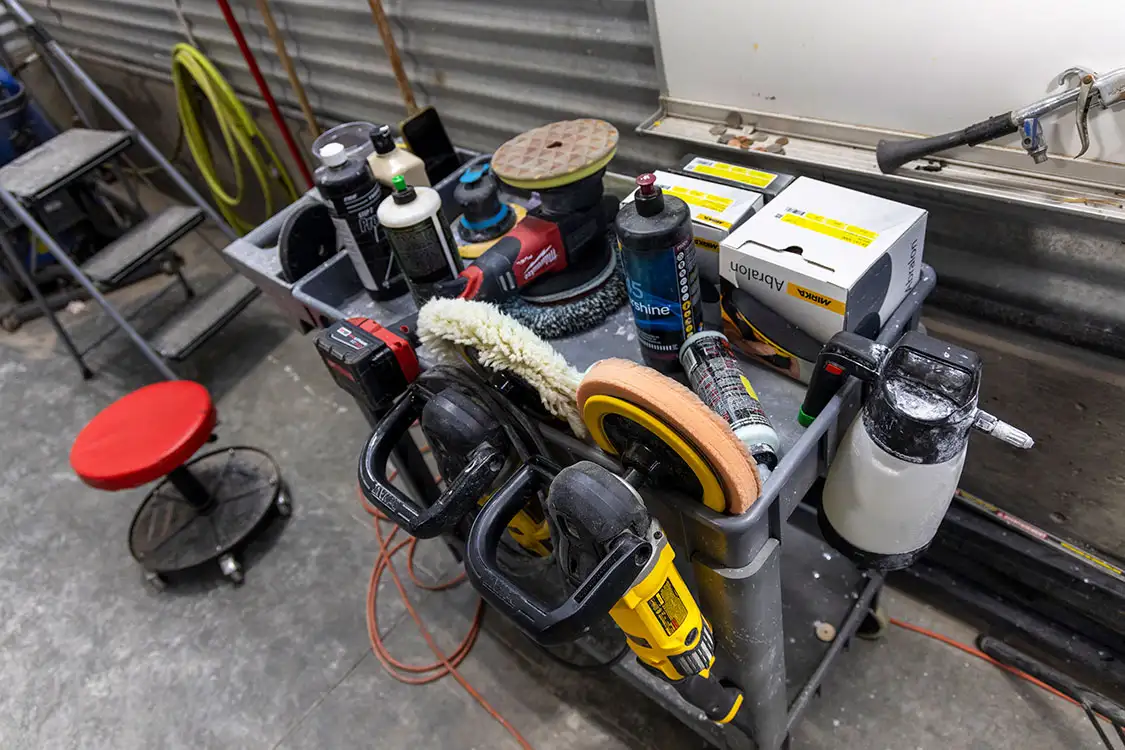
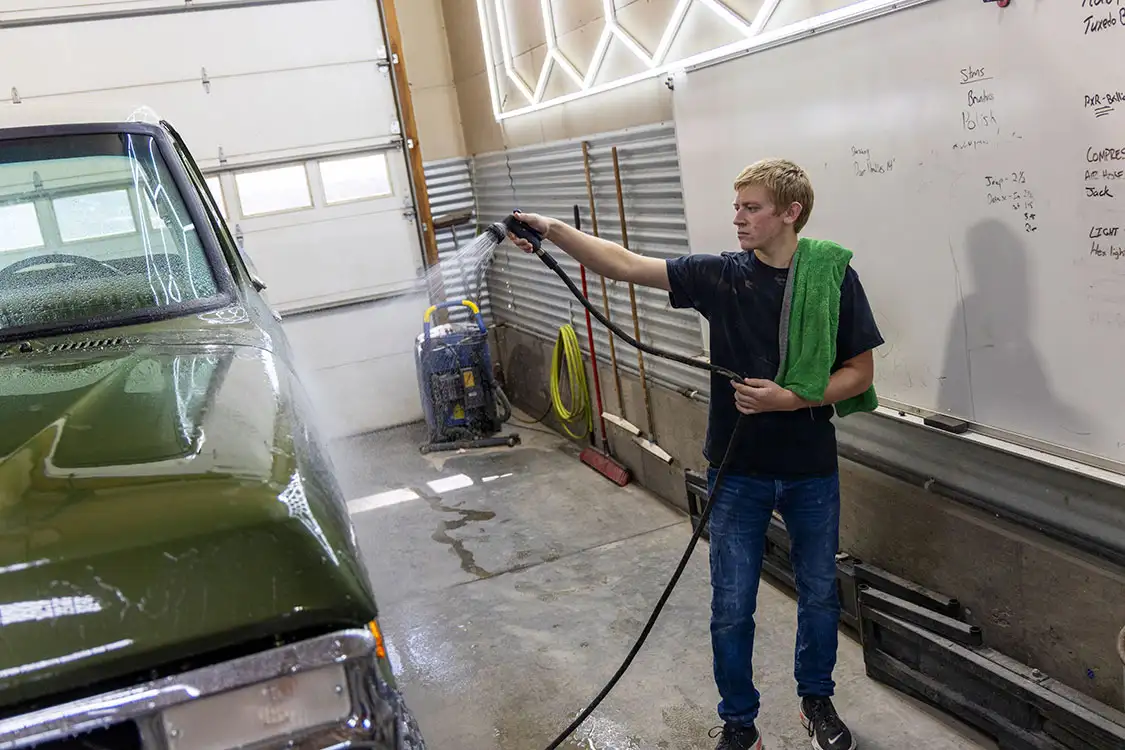
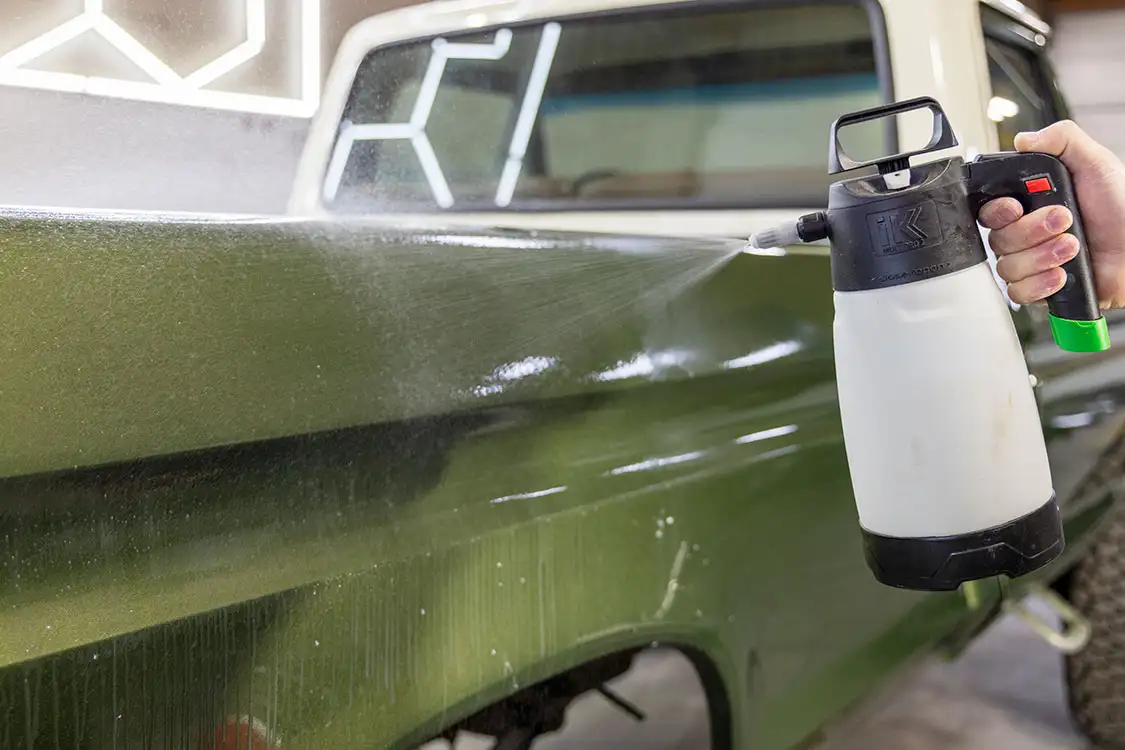
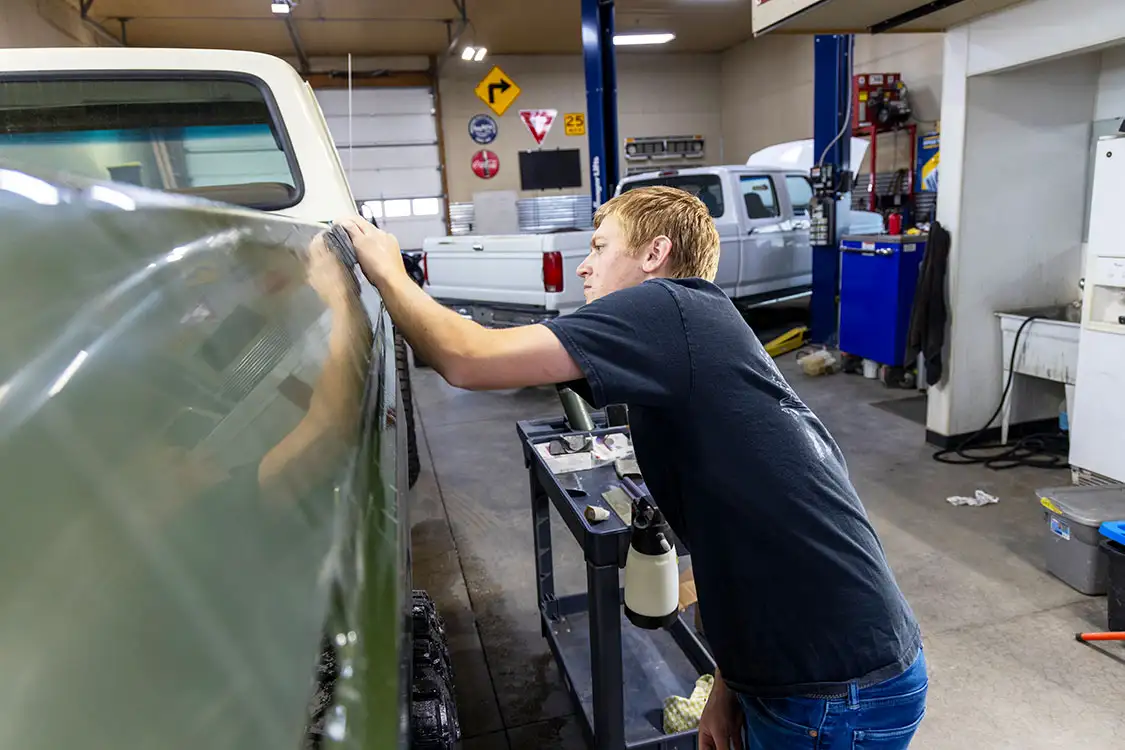
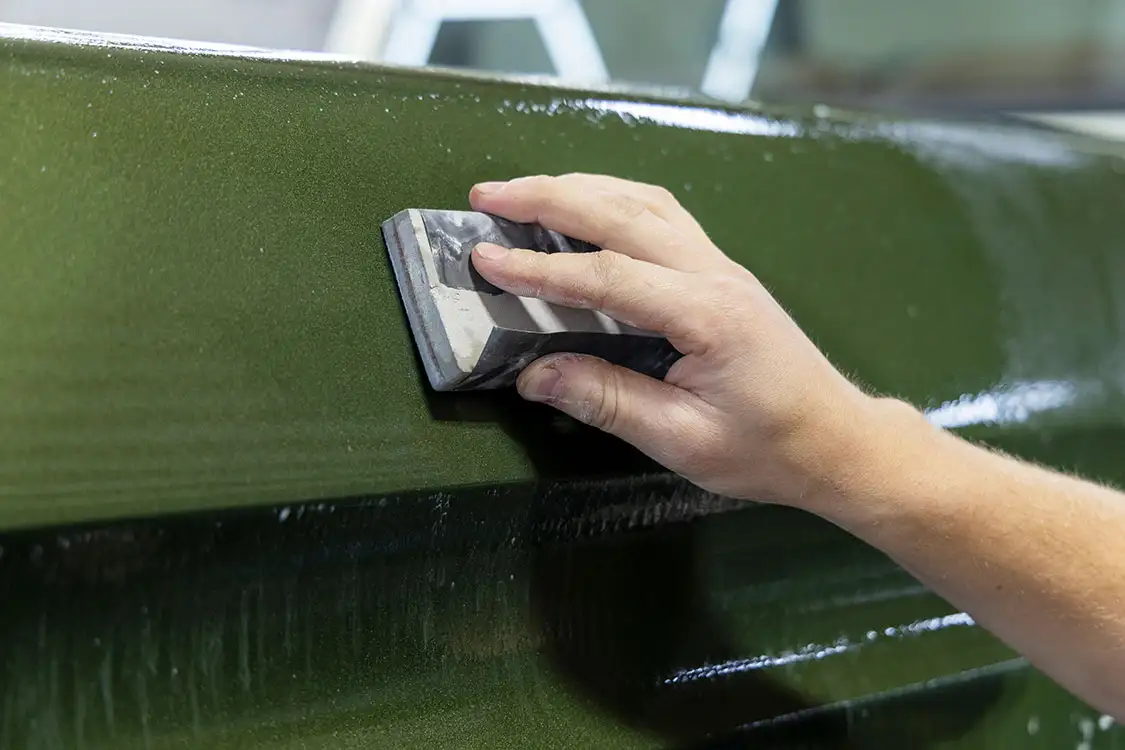
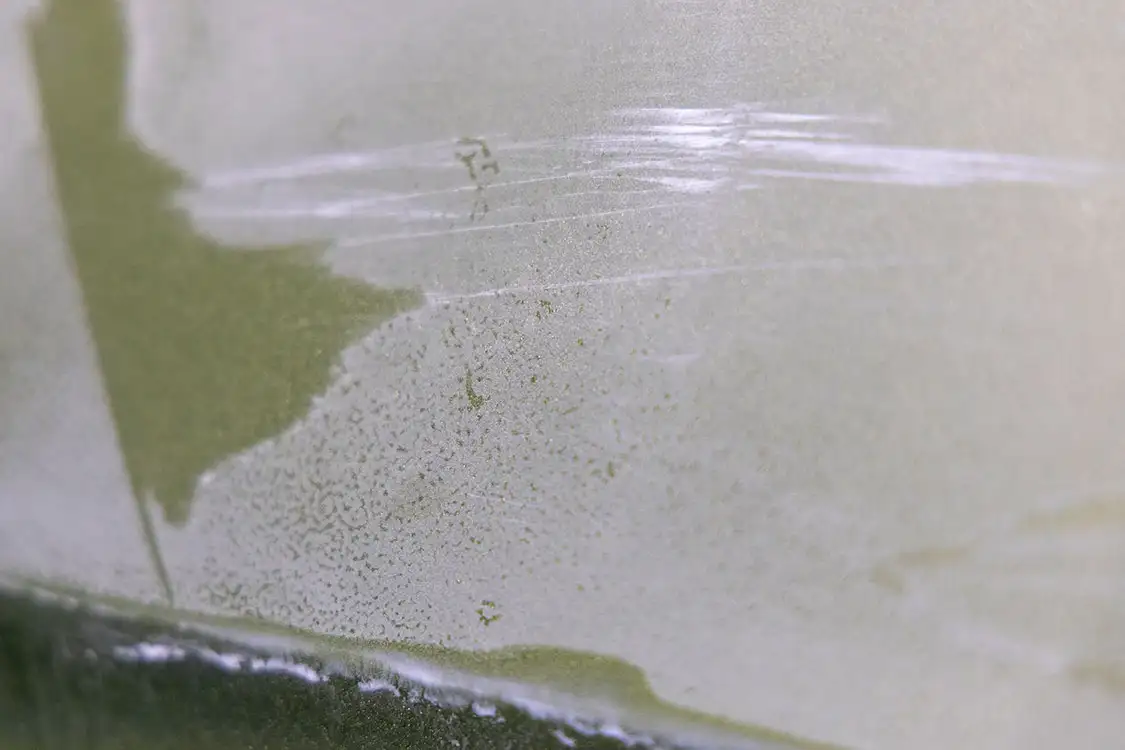
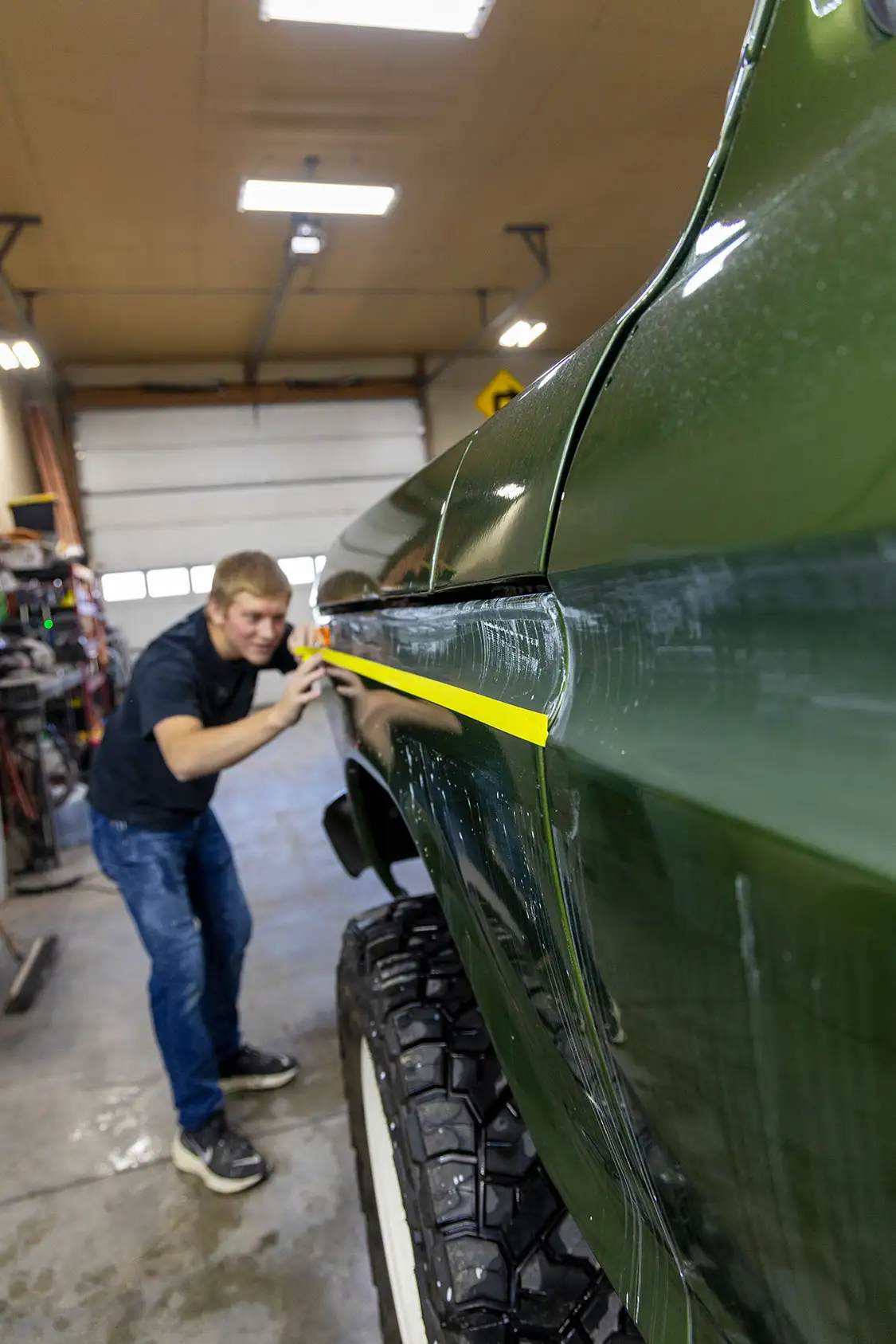
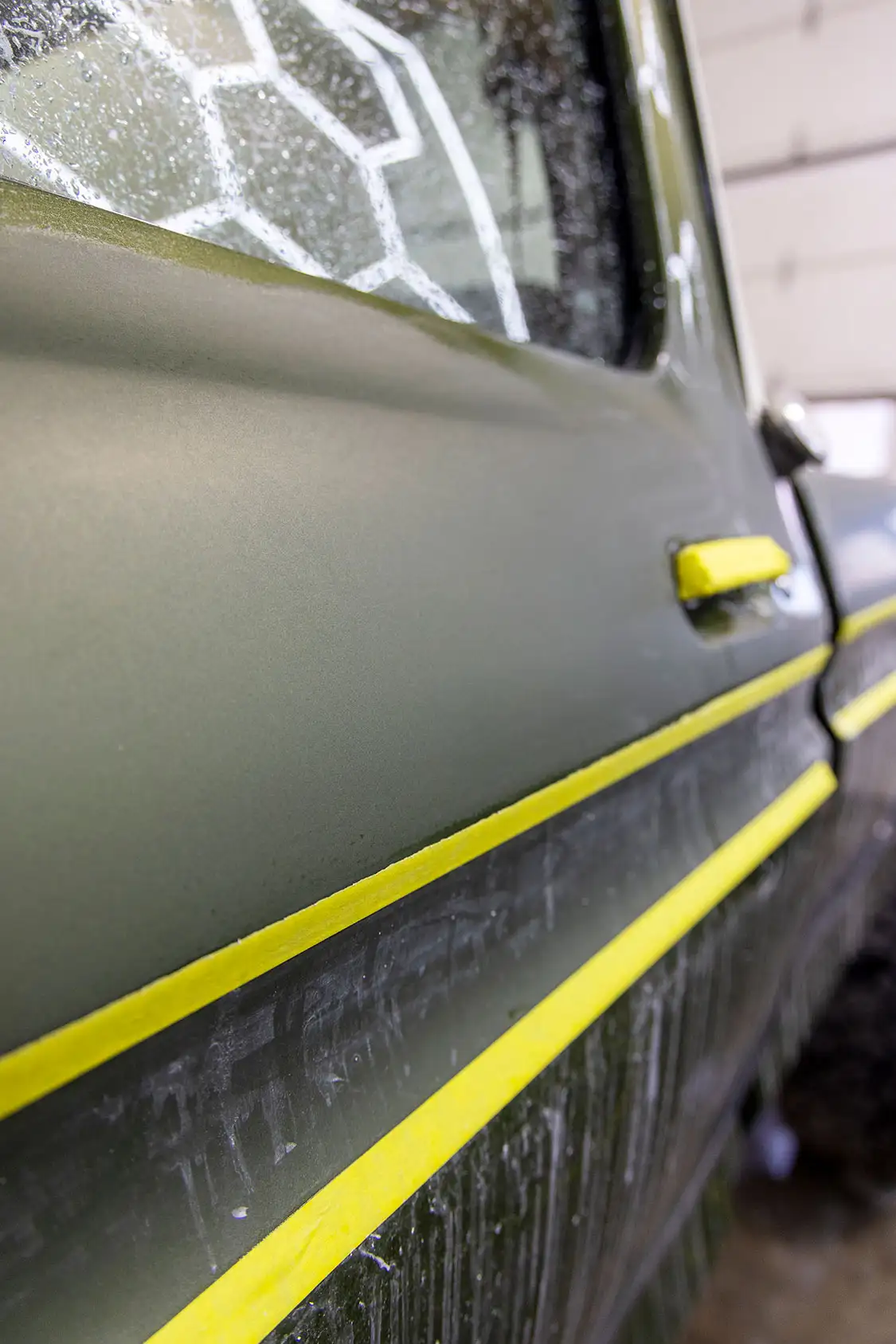
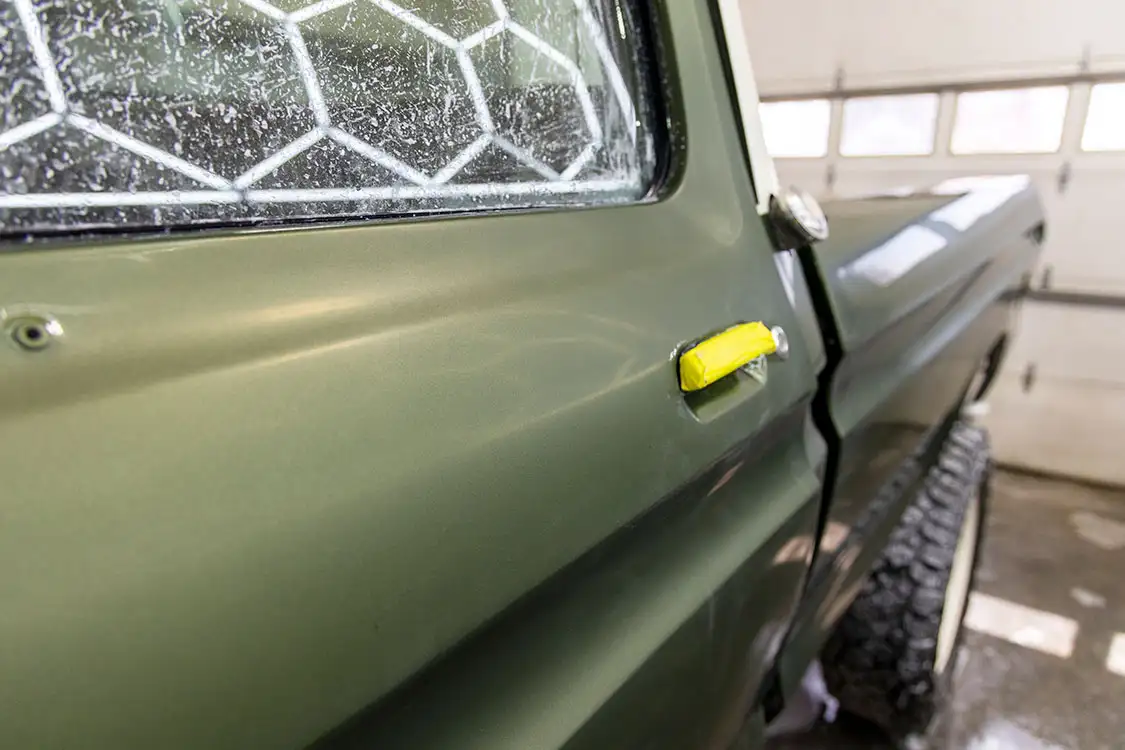
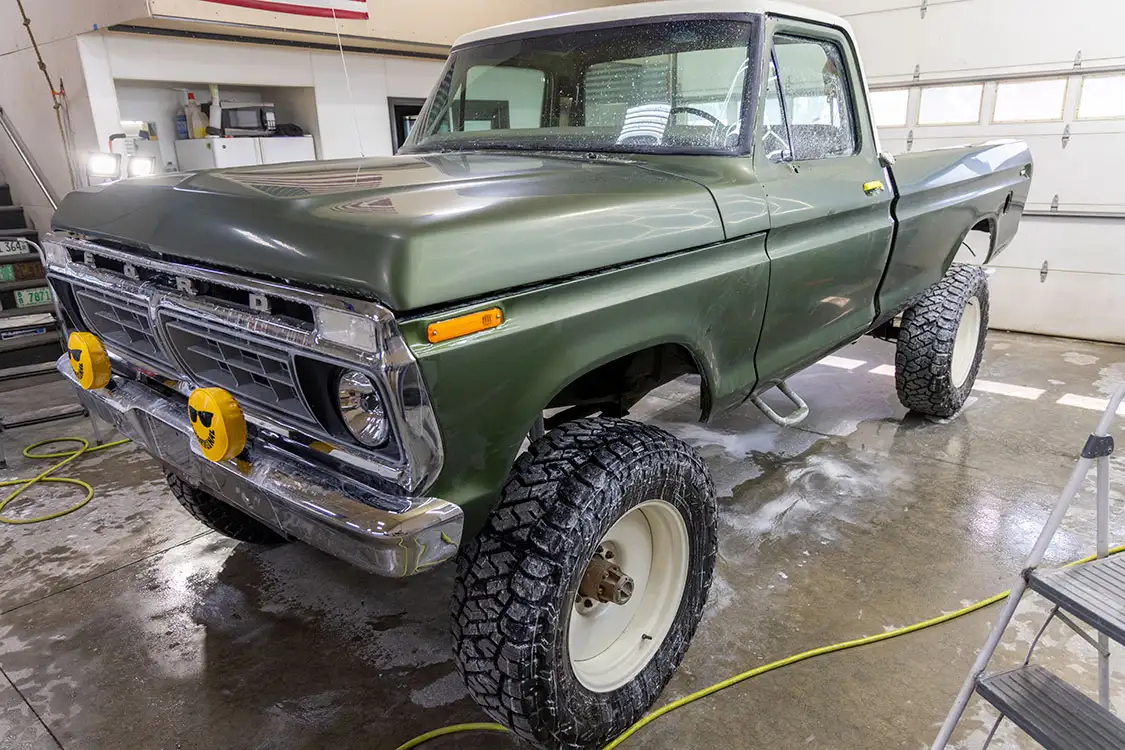
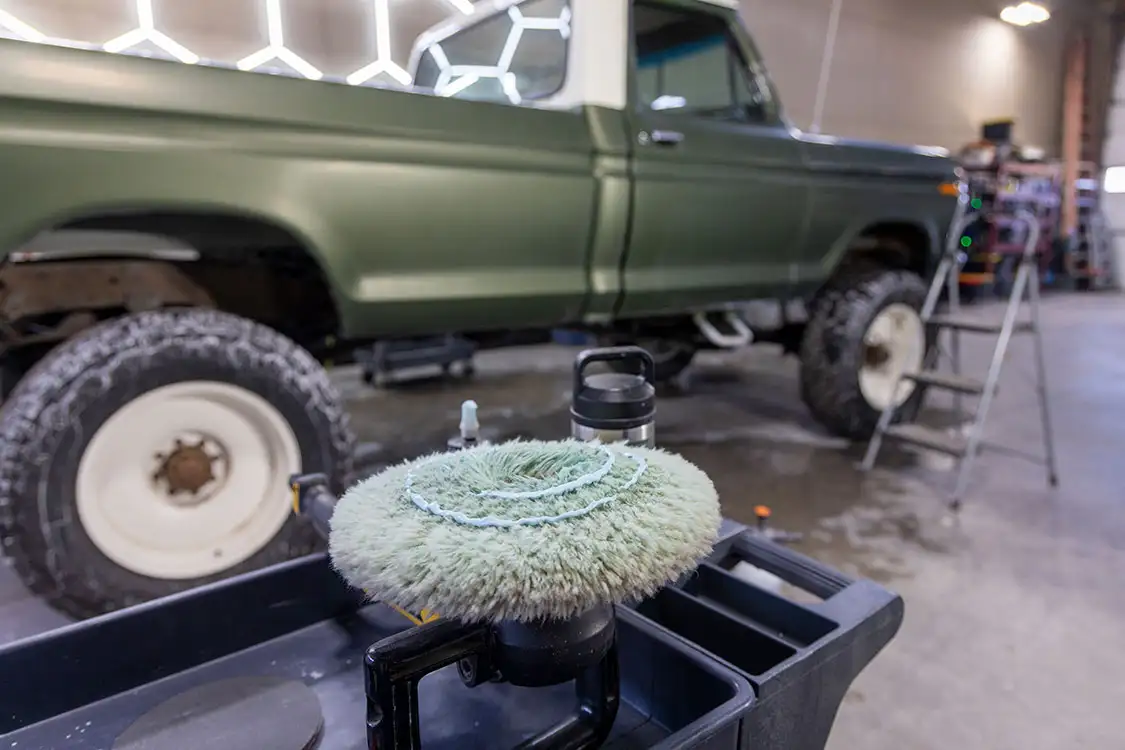
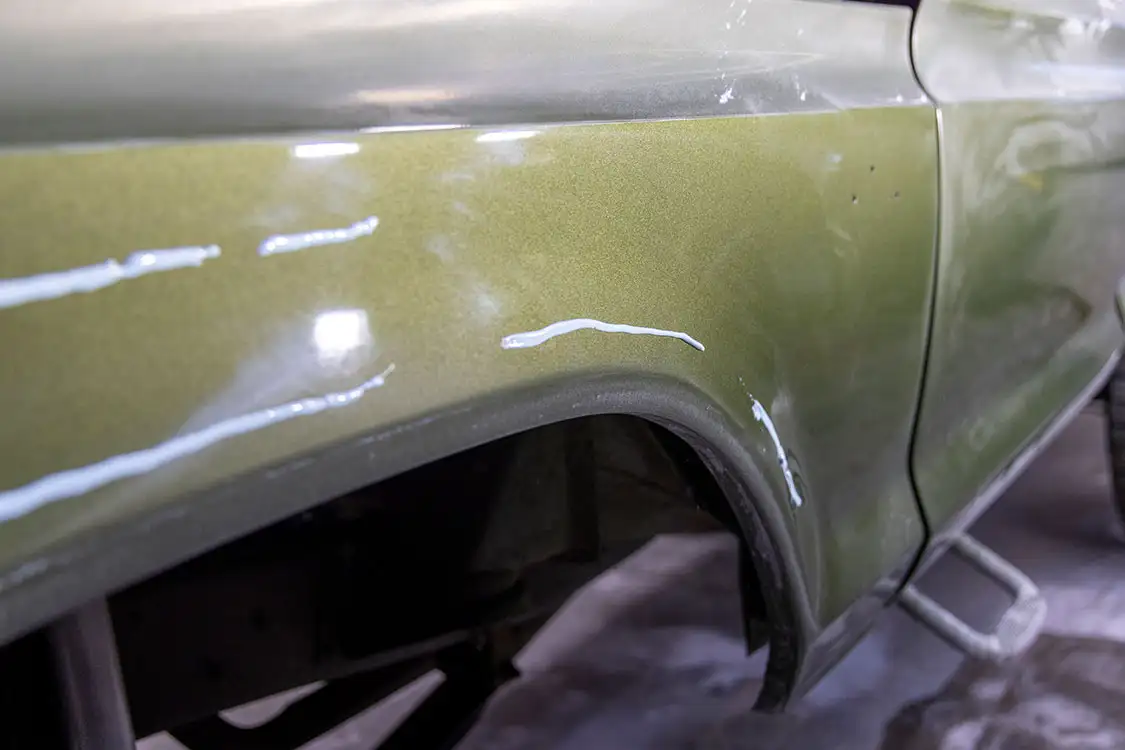
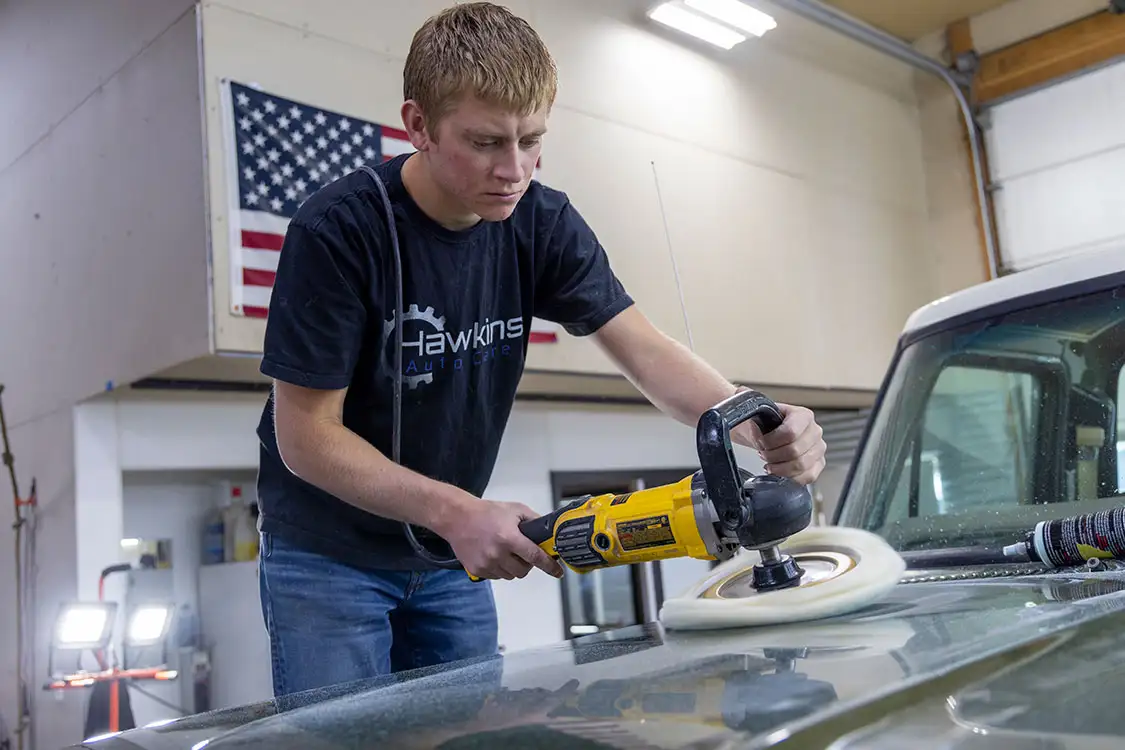
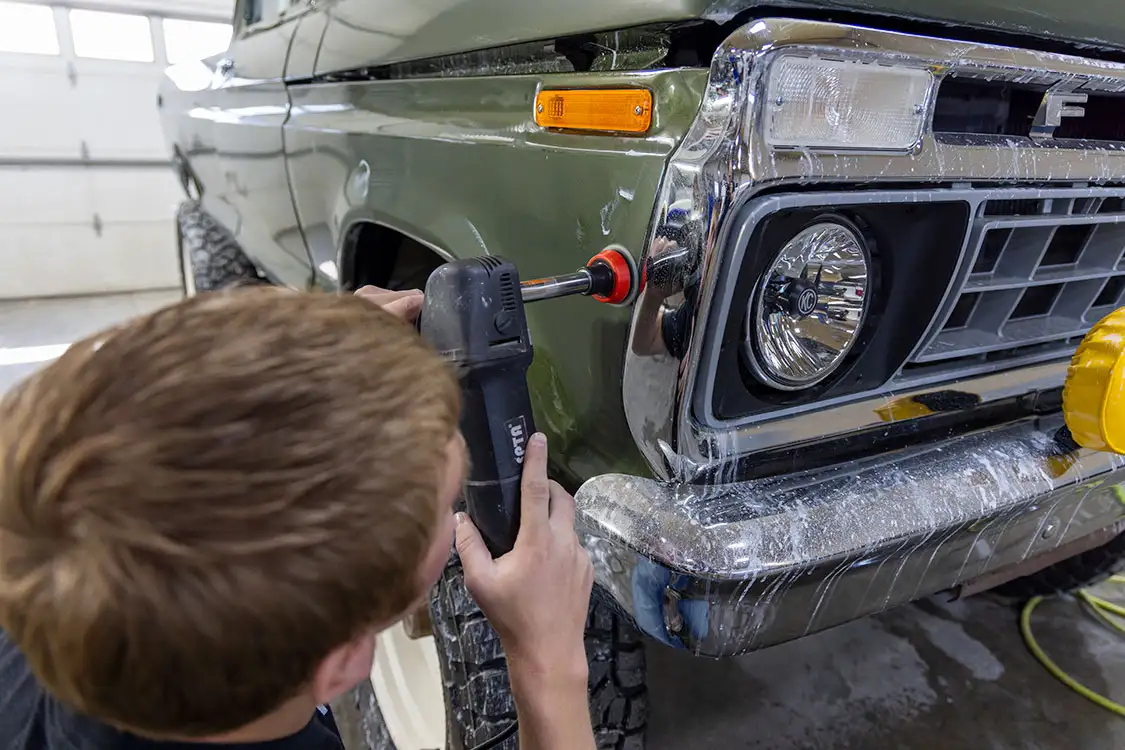
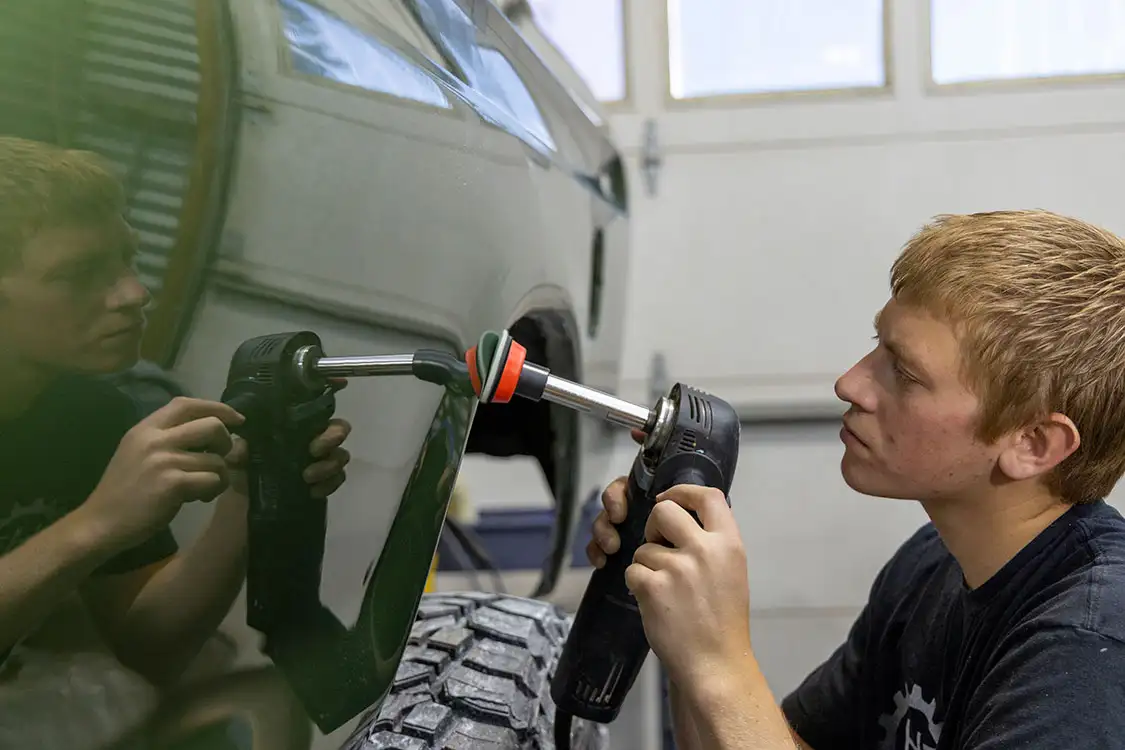
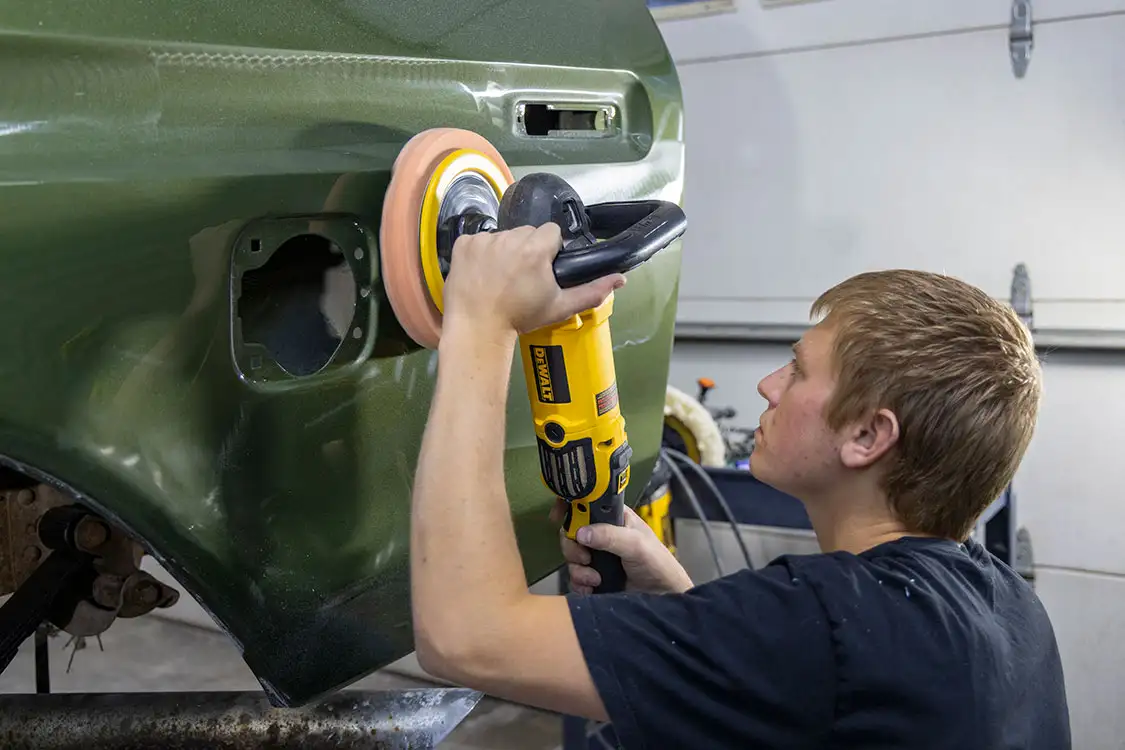
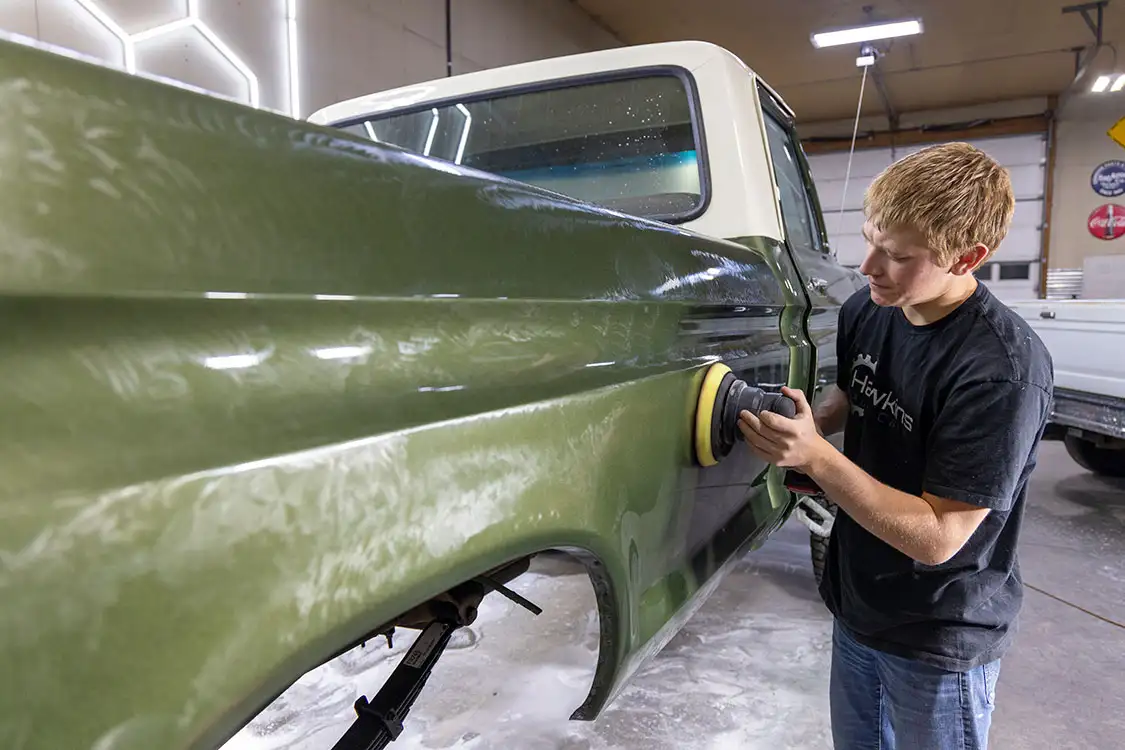
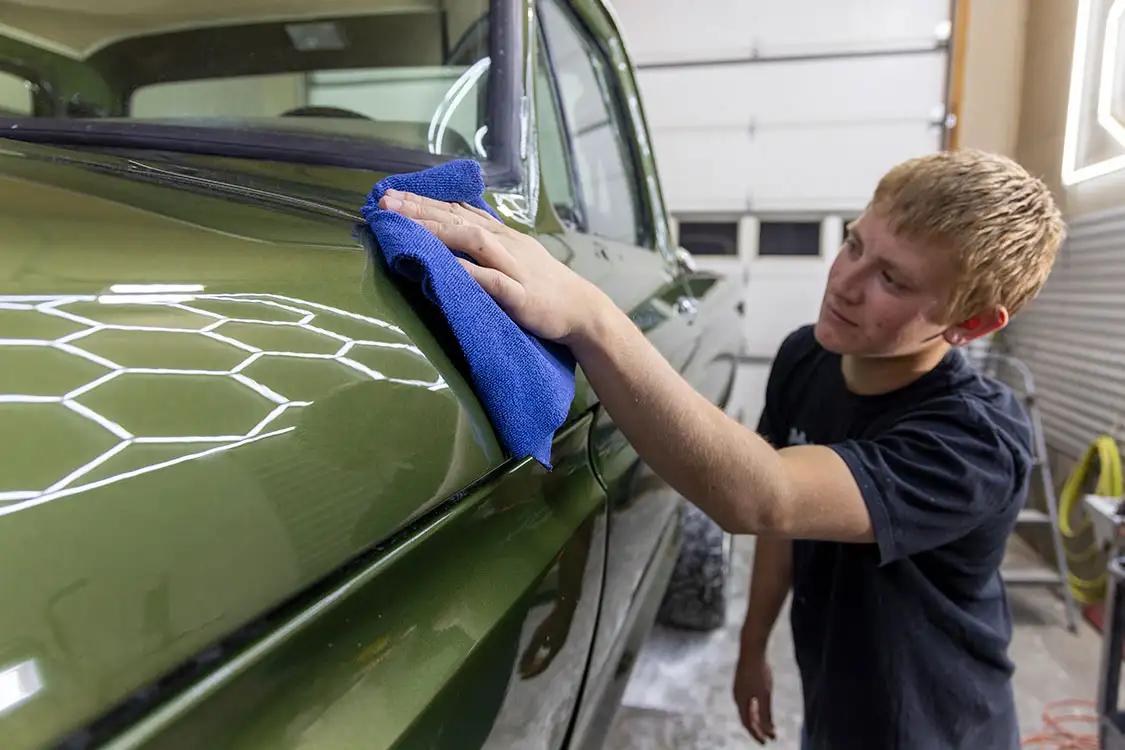
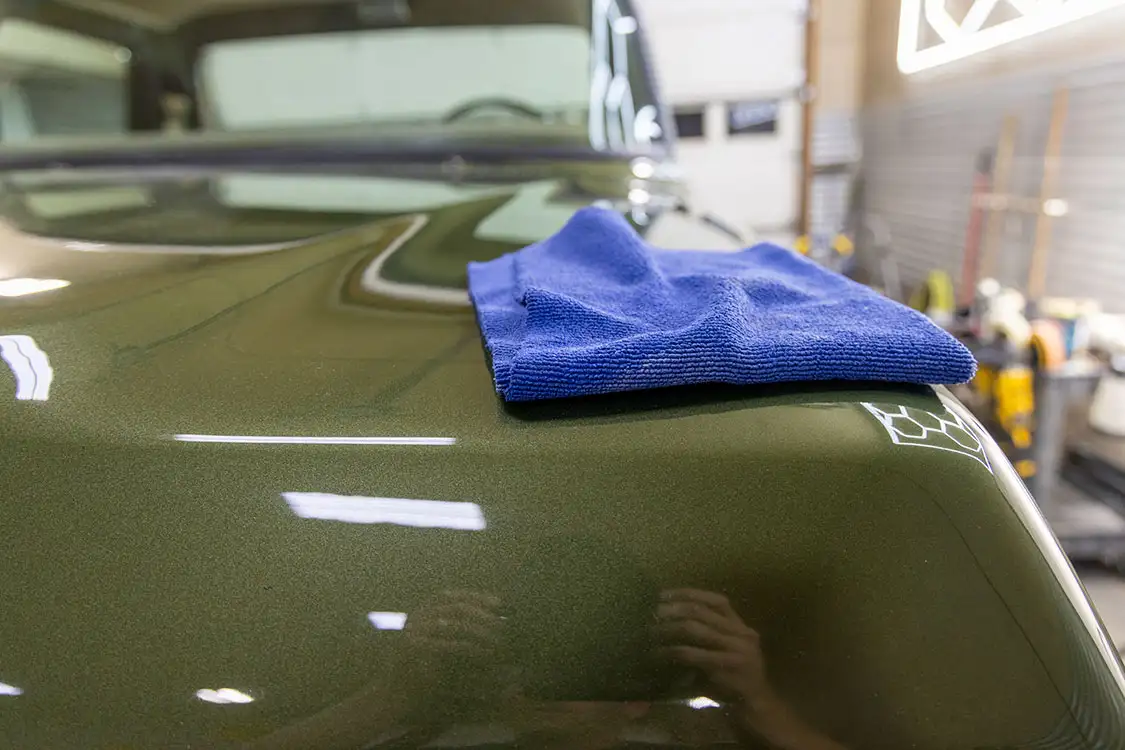
They will either see all the little imperfections as they get closer or be taken aback at how nice the overall truck looks.
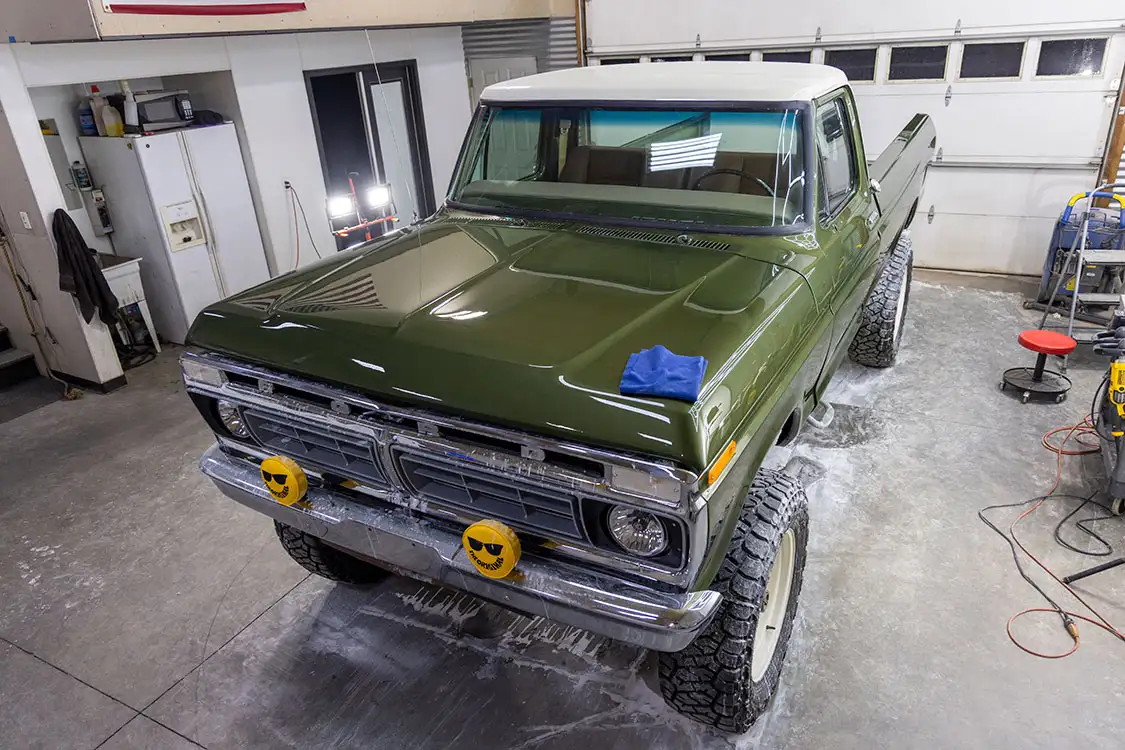
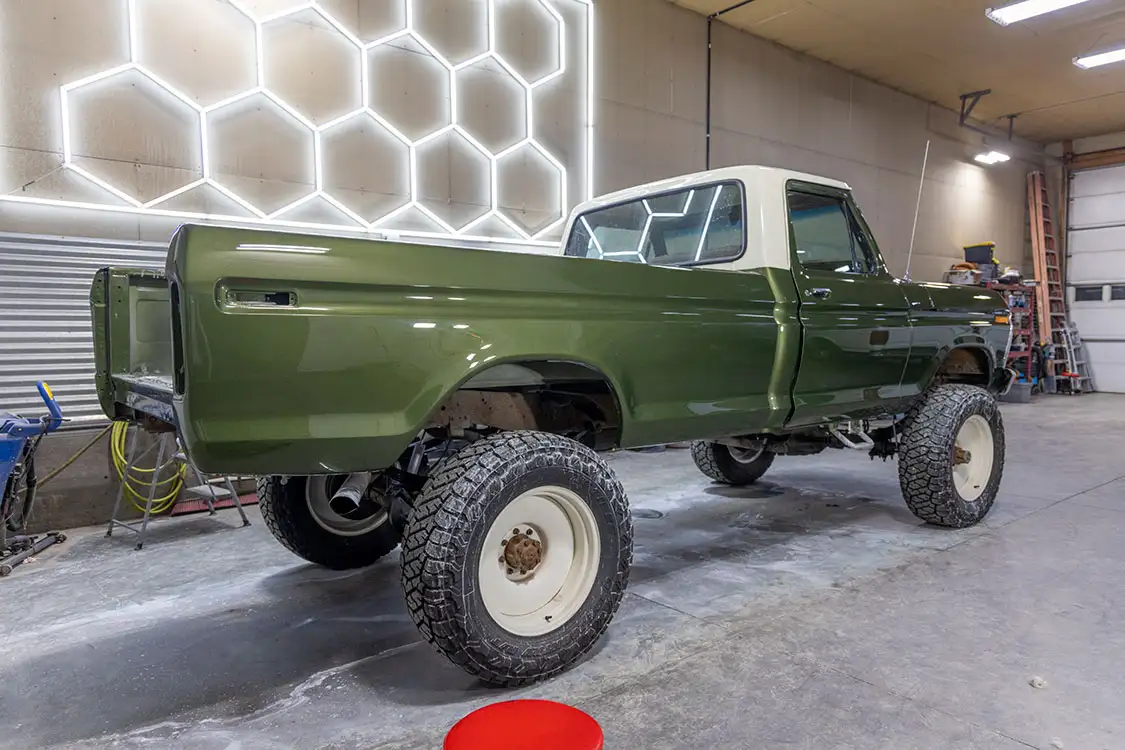
Share Link